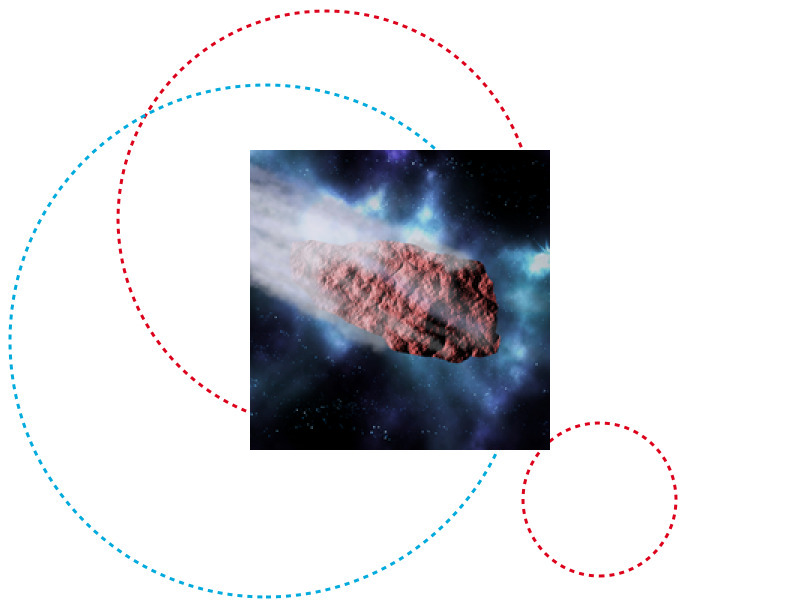We’re happy to welcome Herve Lamy, a scientist at the Belgian Institute for Space Aeronomy for a seminar about “.The observation of meteors, and how such fundamental research can help today’s space traffic management challenge”
This seminar will take place on Friday 6 May 2022 at 11:00 through this WebEx link.
Introduction:
Some SnT staff know that we offered to host a meteor observing station in 2019 to the Royal Belgian Institute for Space Aeronomy in the CubeSatLab/Observatory. The novel method used a bi-static radar method to detect and count meteors 24/7 in all weather conditions and therefore helps to understand the near solar system. This is the place where asteroids are present for use to mine in the future. Currently, efforts are made to automatize the detection and also to determine the meteoroid’s trajectories.
We offered the station because the method has wider applications. We may be able to detect and identify the reentry of artificial objects. This is likely to become frequent due to the expected launch of thousands of satellites in the near future and hence the vastly increase risk to ground infrastructure and humans. Observation and characterization of such events are hence mandatory.
The seminar is complemented with a few comments by Olivia Borgue and Jan Thoemel on our second meteor observation station networked with NASA/SETI and our idea to observe reentering objects with cameras. In addition, we develop ideas to observe objects in space to determine their trajectories and hence enable improved space traffic management.
Abstract of the seminar:
BRAMS, the Belgian Radio Meteor Stations, is a Belgian network of antennas using the forward scatter of radio waves on meteor trails to detect and characterize meteoroids falling into the atmosphere. The project started at the end of 2010 and has been entirely funded by BIRA-IASB and STCE. It comprises a dedicated transmitter located in Dourbes and currently 42 receiving stations in Belgium and neighbouring countries. Most stations are hosted by public observatories, universities, schools or radio/astronomer amateurs, which makes BRAMS a very active Pro-Am collaboration. The network and its constant evolution over time will be described. The scientific objectives will be presented with their current status and their perspective. Most applications rely on an accurate determination of meteoroid trajectories and speed, a difficult topic on which a lot of recent progress has been made and will be briefly presented. The BRAMS team is also collaborating with international networks of optical cameras dedicated to meteor observations (CAMS, FRIPON, AllSky7 and GMN). A short description of these networks, of our collaborations and the utilities of combined radio/optical observations will be provided. Finally, the BRAMS project has also led to several related outreach activities, namely the citizen science project called the Radio Meteor Zoo and the MOMSTER project where BRAMS goes to secondary schools. These projects will also be briefly described.
Biography of the speaker:
Herve Lamy graduated as civil engineer in Electronics Physics at U Liège, then did my PhD in astrophysics at U Liège as well on the topic of « polarisation of Broad Absorption Line quasars ». After that, I was hired in 2001 at BIRA-IASB and have worked there since then on topics as varied as solar wind modeling, interplanetary dust, auroral emissions and the associated magnetosphere-ionosphere coupling and radio observations of meteors. I have a statutory position since 2009 as head of the « Magnetosphere-ionosphere coupling » section of the Space Physics group.
